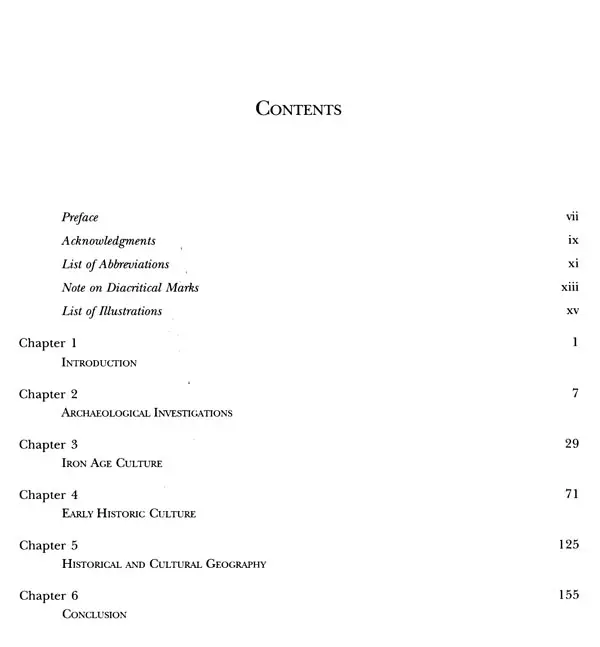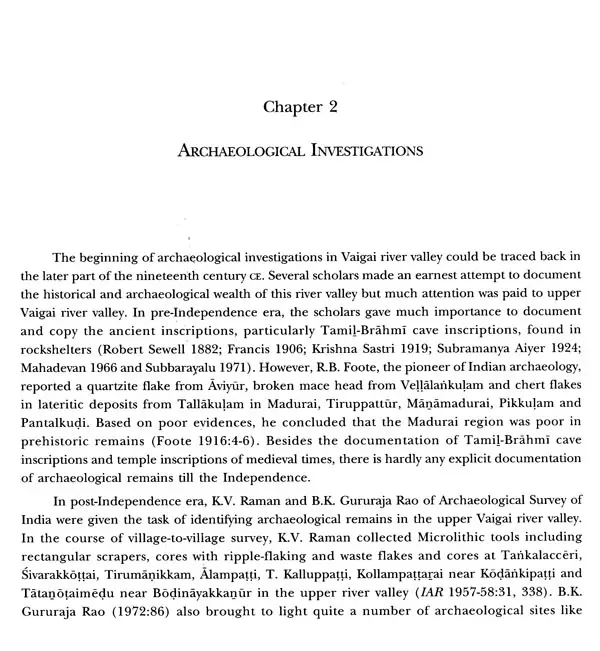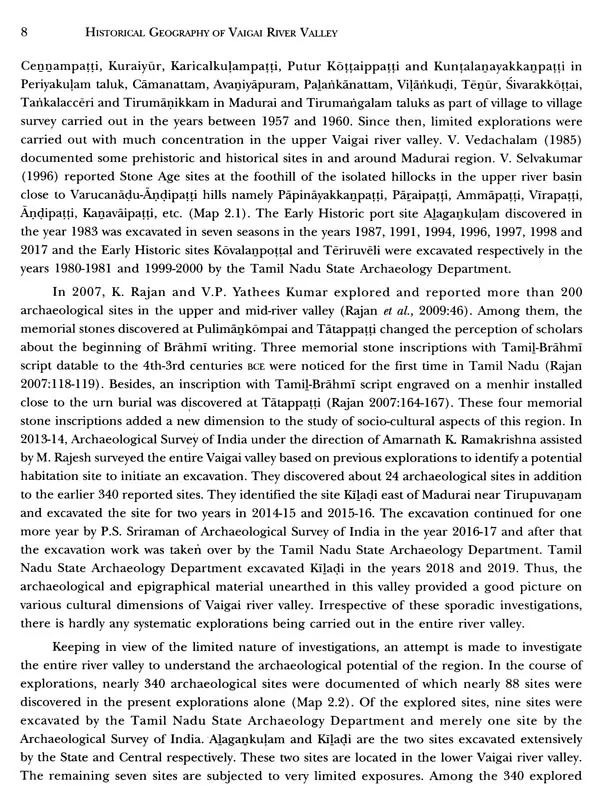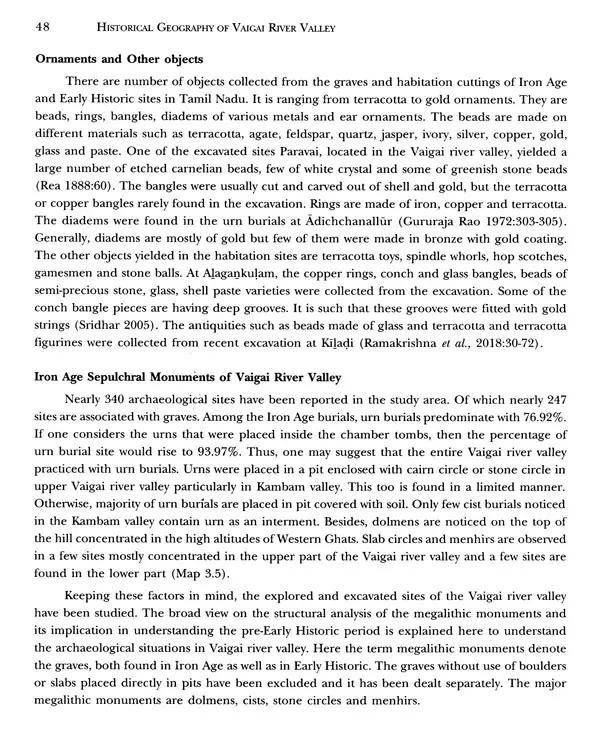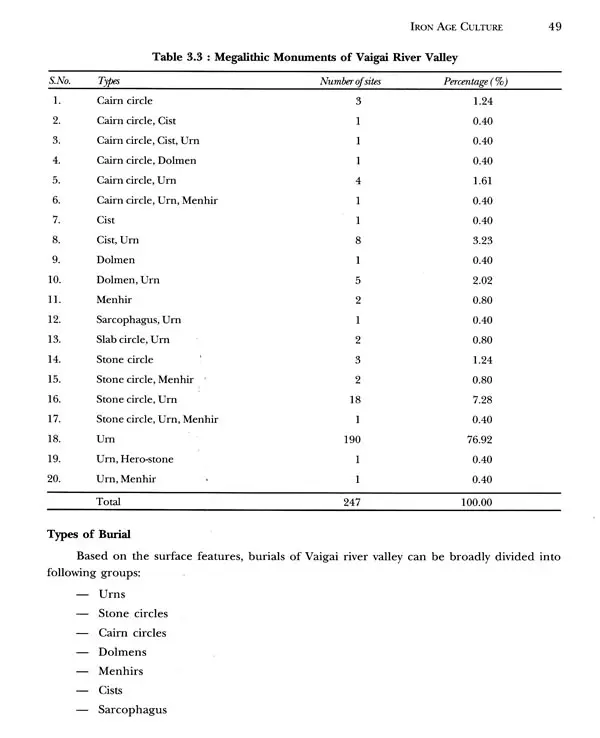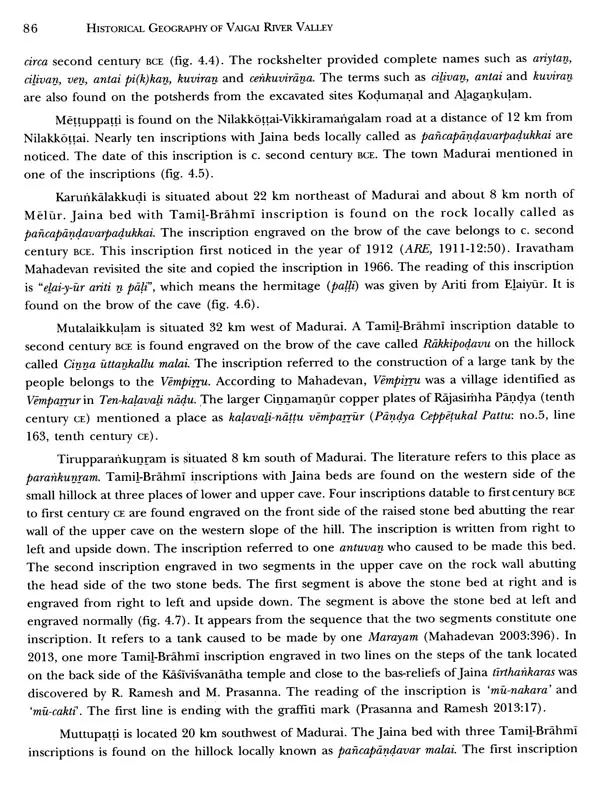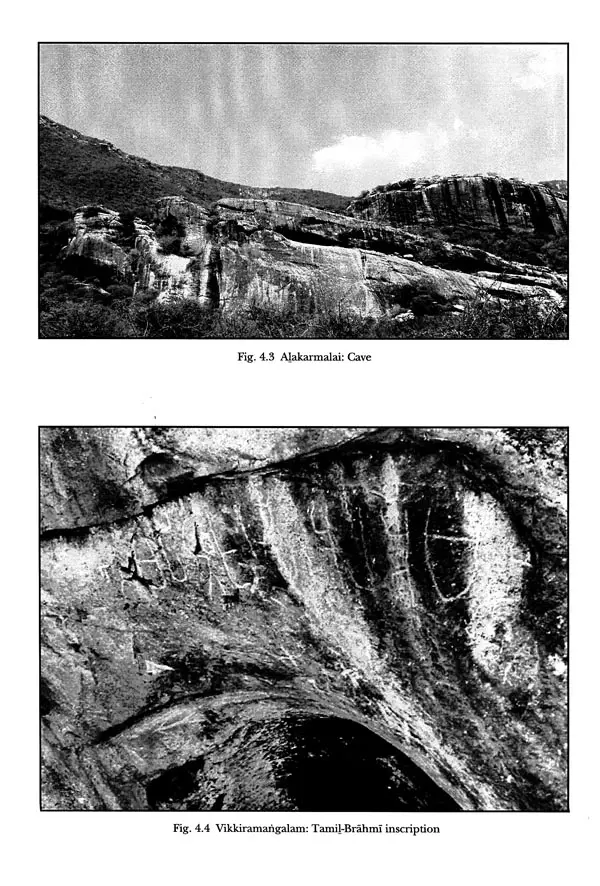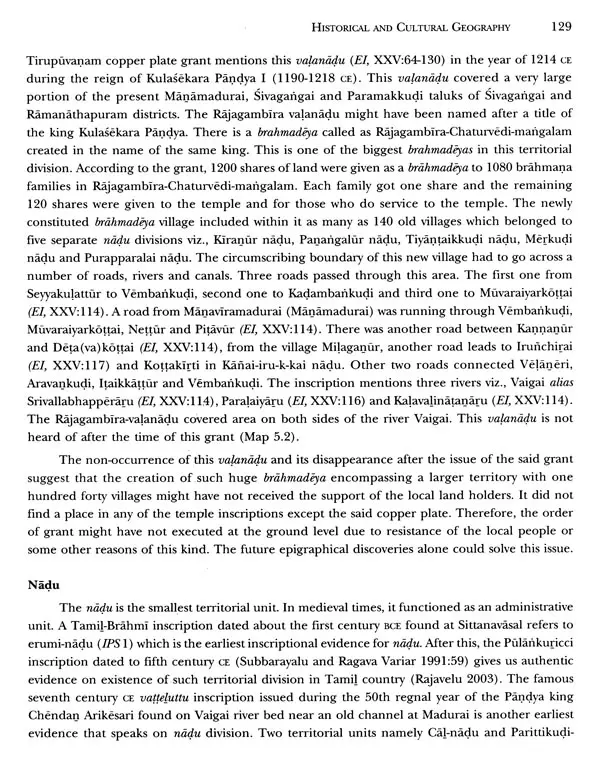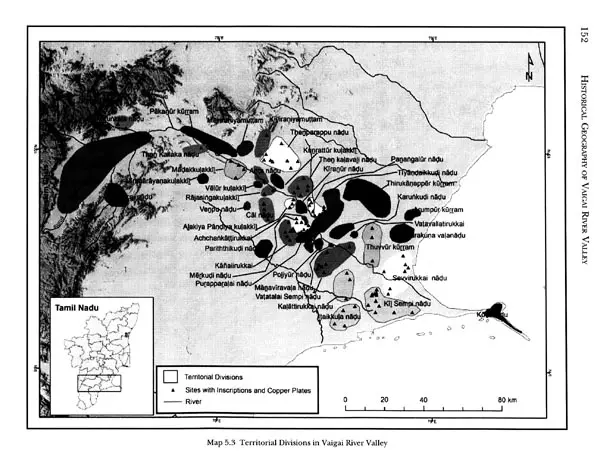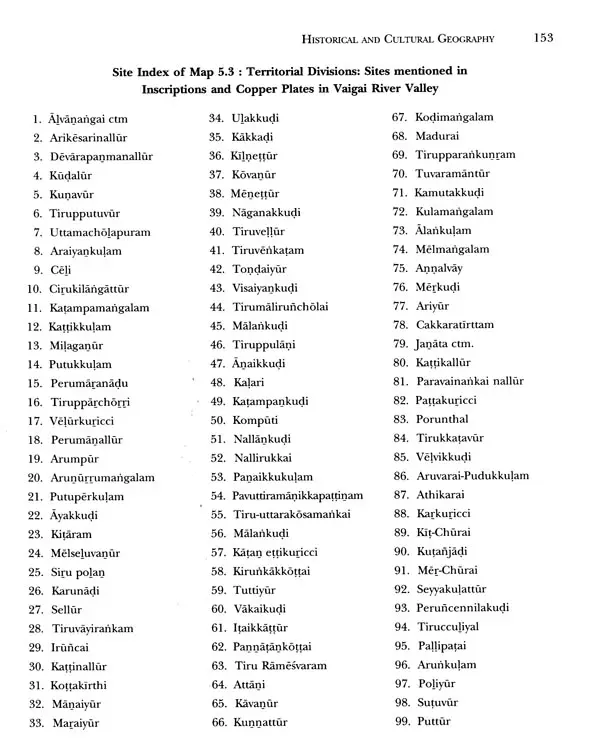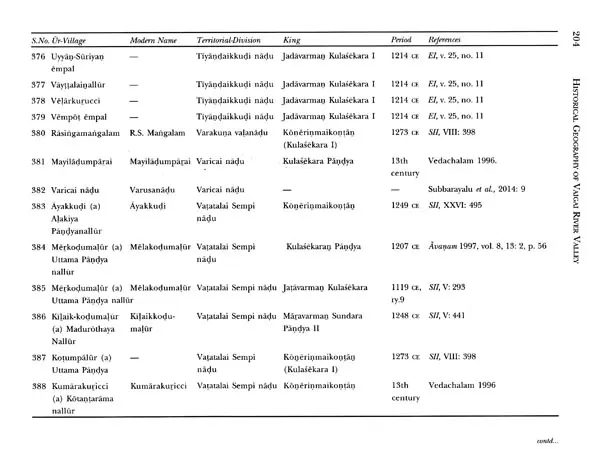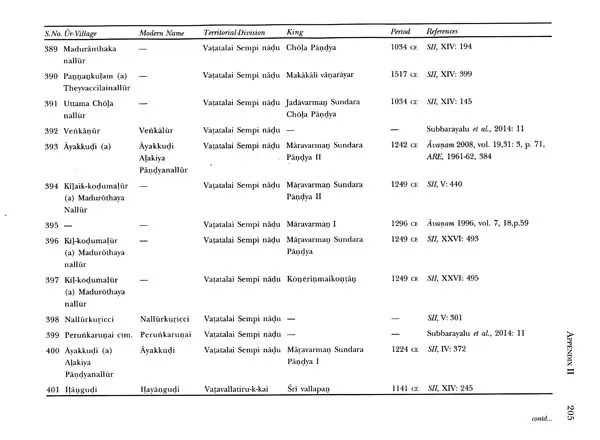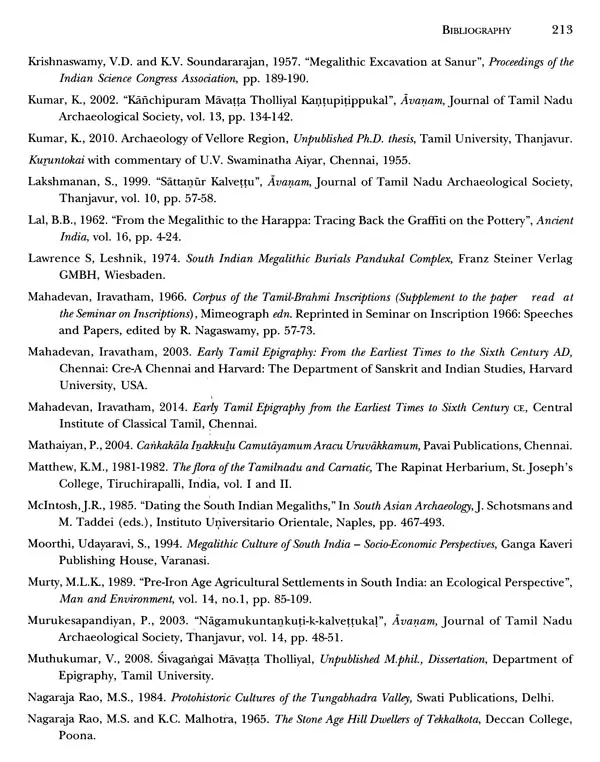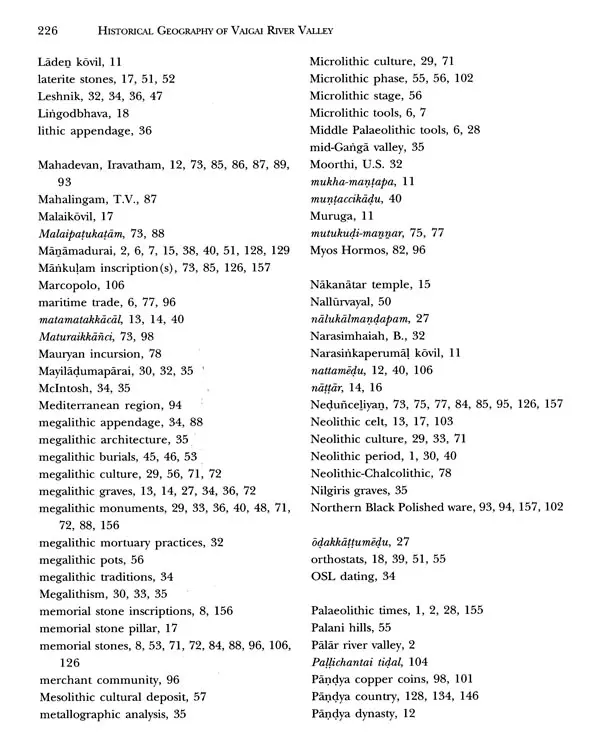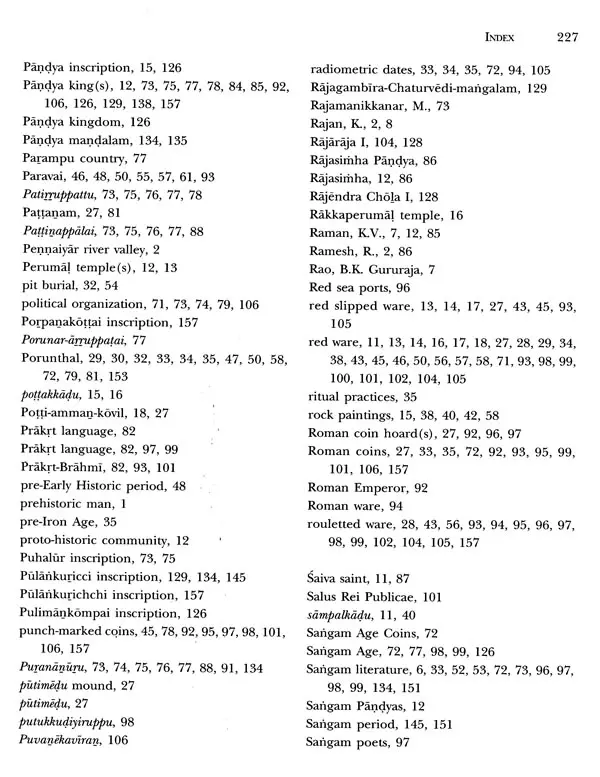
Historical Geography of Vaigai River Valley
Book Specification
| Item Code: | UAE428 |
| Author: | K. Rajan and P. Balamurugan |
| Publisher: | Sharada Publishing House, Delhi |
| Language: | English |
| Edition: | 2019 |
| ISBN: | 9789383221295 |
| Pages: | 244 (Throughout B/w Illustrations with 2 Maps) |
| Cover: | HARDCOVER |
| Other Details | 11.00 X 9.00 inch |
| Weight | 1.02 kg |
Book Description
The book provides a kaleidoscopic view on the nature of cultural processes that undergone in the long span of human life.
He has completed twenty-five major research projects funded by UGC, INSA, ICHR, ASI, CICT and Ford Foundation. He is the author of 20 books and 120 articles. He is the recipient of the Common- wealth Fellowship as well as Charles Wallace Fellowship respectively tenable at Cambridge University and Institute of Archaeology, University College London. He received the Certificate of Achievement for his work at Kodumanal conferred on by the Shanghai Archaeology Forum at Shanghai, China in 2013 and Best Teacher Award of the Pondicherry University in the year’s 2012 and2013.
P. Balamurugan (b. 1986), Assistant Epigraphist, Archaeological Survey of India, Mysore obtained M.A. in History and Archaeology and Diploma in Epigraphy from Tamil University, Thanjavur. He obtained M.Phil and Ph.D. in History from Pondicherry University. He took active participation in the archaeological excavations at Kodumanal and Porunthal and also in the preparation of Historical Atlas of Tamil Nadu funded by Ford Foundation. He has one book and ten research papers to his credit.
The settlers living in each ecological zone had their own adaptive technology to meet their cultural and economic demands. For instance, the people living in coastal zones exploited the ocean resources, namely salt, fish products, pearl and chank. The agro-pastoral zone of mid- Vaigai river valley witnessed a different subsistence pattern as reflected in memorial stones raised for heroes died in cattle raids. At the same time, several cave inscriptions donated by the influential traders to Jaina monks also noticed in the same ecological zone. It suggests that the agro-pastoral communities and the trading communities were lived together with mutual respect and benefit.
Thus, it is a very complex issue to understand each micro-zone. Keeping these challenging factors in mind, the Vaigai river valley is taken-up for a well-planned micro-level study.
The field studies provided a good number of archaeological sites, of which, Alagankulam and Kiladi are considered as potential sites that could give some clinching evidences on the nature of early historic society. The excavations conducted at Alagankulam and Kiladi yielded important cultural materials that have greater implication on the history of Tamil Nadu. The memorial stones discovered at Pulimankompai and Tatappatti, several cave inscriptions and hundreds of inscribed potsherds provided a new dimension on the early historic society. The later inscriptions engraved on temple walls served as an important input to understand the historical and human geography of the study area. Thus, the findings obtained through intensive explorations in Vaigai river valley and controlled excavations at Alagankulam, Teriruveli and Kiladi are presented in the book to understand the processes of transformation through mutually supportive work and interpretative techniques. The process of change from one form to another has to be viewed as a dynamic and continuous one. The archaeological, epigraphically, literary and numismatic data are analyzed within a given political, social, economic and religious context.
Thus, the present book carries the findings of the Vaigai river valley, a micro-zone of the Pandya country of Tamil Nadu. It is only an attempt to portray the cultural events of a particular ecological zone with limited resources and evidences. We need to undertake more such field-based studies to understand a region. In that context, we feel that the present book is a small effort, but a challenging attempt, to facilitate or encourage such studies for larger understanding of a region. We do hope, the future generation would fill the gaps and voids left by us to make our understanding with more clarity and lucidity.
The river that passes through varied geographical zones and eco-settings played an important role in the human history. The utility of water is conditioned by the landscape and the technological level of human capability. The rivers and the river-related resources are considered as precious in maximum utility zones. In sub-tropical zones, the rivers played a dominant role in the development of settlements. The necessity of water is increased manifold when man moved from hunter-gatherer to agro-pastoral economy. The human's subsistence pattern revolved and still revolves around these meager water resources. Thus, each river in a particular geographical zone played a crucial role in the formation of a culture. The optimum utilization of water resource also depends upon the nature of river-flow as some of them are monsoon-fed rivers and a few of them are perennial. The contour of the river-flow, fertility of the soil and other geomorphologic features determine the formation of settlements to a larger extant. Thus, studying a river valley from its basin to delta or its origin to mouth provides a kaleidoscopic view on the changing pattern of human settlements through the years. In this context, several major river valleys such as Palar, Pennaiyar, Kaveri, Bhavani, Noyyal, Amaravathi, Vellar, Cundar and Tambraparni have been studied in Tamil Nadu and are still being studied by several scholars. Recent studies highlighted the amount of cultural wealth embedded in these river zones. For instance, K. Rajan, S. Darsana and K. Kumar examined the Palar river valley and several archaeological sites were brought to light (Darsana 1997; Rajan 2000; Kumar 2002 and 2010). The Kortalaiyar river (old Palar) received a special attention, particularly for pre-historic settlements, in the hands of Shanti Pappu (2004). The rich archaeological sites ranging from Paleolithic times down to Historical period were documented in Pennaiyar river valley by K. Rajan (1997), T. Subramanian (2007) and R. Ramesh (2008). With regard to the Kaveri river valley, each of its major tributaries such as Noyyal, Bhavani, Moyar and Amaravathi, were examined respectively by the scholars such as K. Rajan (1994), VP. Yathees Kumar (2003), S. Venkatachalam (2004) and V.P. Yathees Kumar (2011). The archaeological wealth of this region was brought to light through their extensive explorations. V. Selvakumar of Tamil University and G. Gayathri of Archaeological Survey of India explored lower Kaveri valley (Selvakumar 2008; Gayathri 2018). The Tambraparni, the southernmost major river valley of Tamil Nadu, was examined by M. Prasanna (2008). The small rivers such as Vellar and Gundar were also placed on the archaeological map through the intensive investigation of individual scholars such as K. Rajan (2003) and V. Selvakumar (1996). The minor rivers like Palayar .and Valiyar were investigated by P. Perumal in Kanniyakumari region' (Perumal 2014). Thus, the .result oriented archaeological investigations carried out in the above said river valleys provided ample evidences to understand the cultural process that undergone in these river valleys.
Book's Contents and Sample Pages
